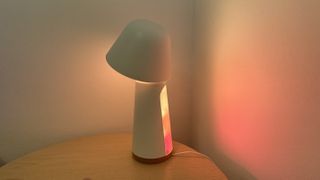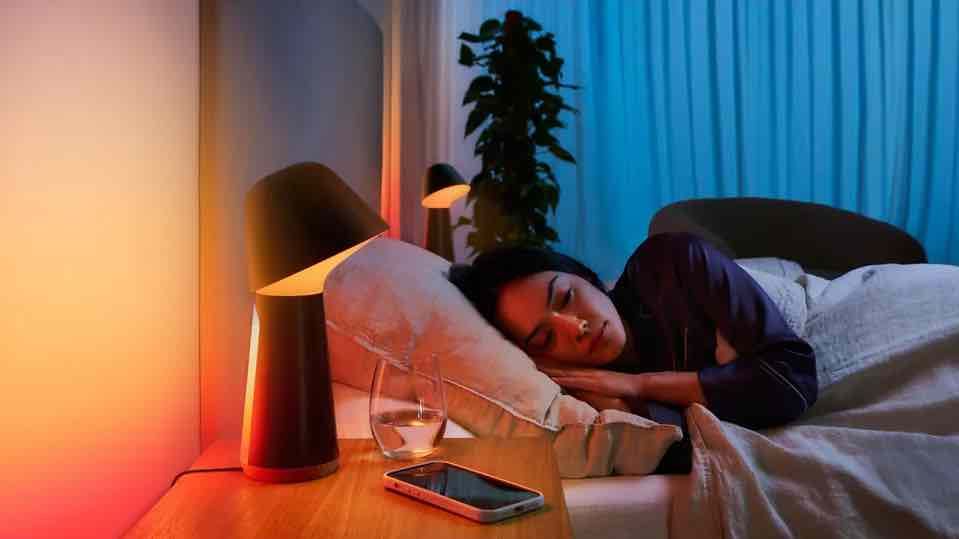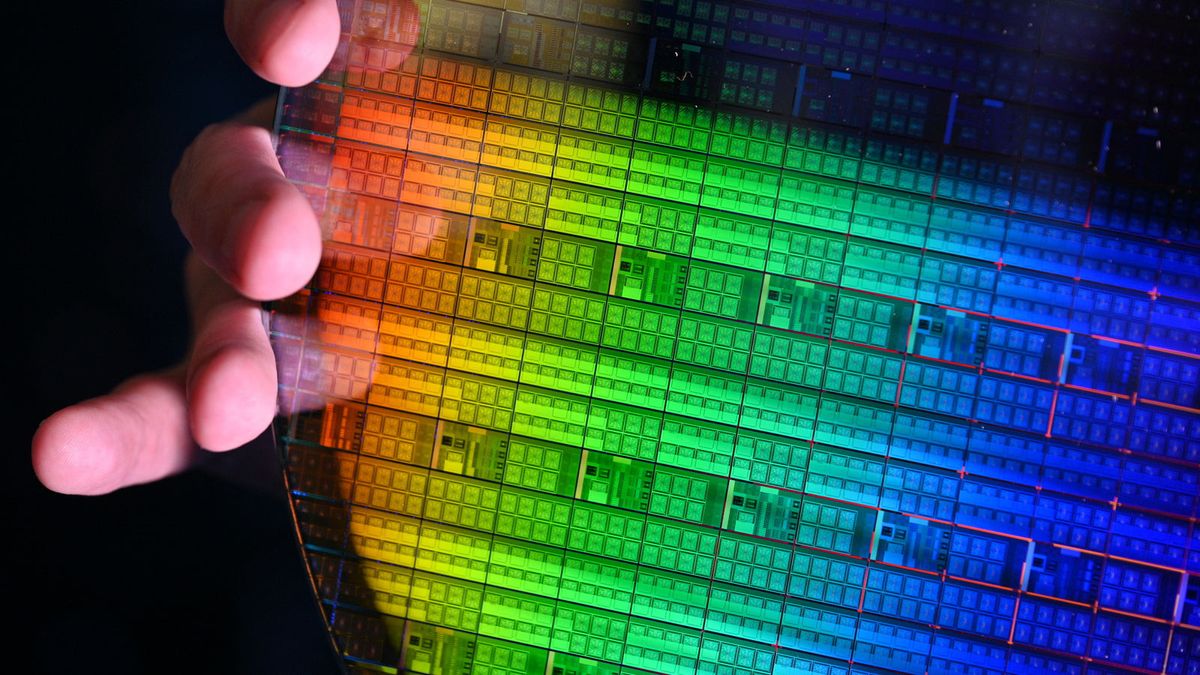At last week's CES 2025 event, Signify – the company behind Philips Hue smart lights – announced that it's developing a new AI assistant that will let you use voice commands to set the mood for your home. Instead of scrolling through the Philips Hue app to find a suitable Scene (a color scheme that can be applied to all the lights in a room), you will simply be able to state what feeling you want to evoke, and your virtual lighting engineer will pick suitable shades for all your fixtures.
It sounds fun, but it's not what I really want to see from Philips Hue this year. No, what I'm really hoping for is something much more simple – a price cut that brings the lovely but eye-wateringly expensive Philips Hue Twilight wake-up lamp down to a price that won't give me nightmares.
I've tested a lot of the best wake-up lights, from budget-friendly models through to premium lights that promise to rouse you as gently as a summer sunrise. The most affordable ones tend to suffer the same issues – the light increases in brightness too rapidly, or in abrupt steps that jolt you awake. Any 'nature' sounds provided tend to be so short they're just annoying. A three-second loop of synthetic birdsong won't get anyone's day off to a soothing start.
Even pricier wake-up lights that do a better job of creating an artificial dawn usually jolt me awake because their lowest brightness setting isn't dim enough. The second the wake cycle starts, I'm shocked awake by the sudden change in illumination.

Not so fast...
According to my colleague Josephine Watson, who tested it at home for two weeks, the Twilight is different, starting each morning with a barely visible glow and ramping up the brightness very gradually, not in sharp jolts. "Dimming proved incredibly smooth, with a near-imperceptible transition between the light's lowest brightness and fading out completely," she said.
The Twilight's gentle glow comes from two sources: the main bulb, which also works as a reading lamp during your nocturnal wind-down routine, and a strip light down the back that casts a flood of diffuse color onto your bedroom wall. The result is more like being woken gradually by the warm sun during a summer camping trip than having a spotlight thrown in your face during an interrogation.
Philips Hue products are some of the best smart lights around, and the Twilight also works with the rest of your Hue bulbs and lamps. For example, you can set its rear lighting strip to work like a Philips Hue Gradient Signe Table Lamp and function as part of a lighting scene applied to your whole bedroom.
The downside is the price: at $279 / £249 (about AU$450) the Twilight is easily one of the costliest wake-up lights on the market, and the most expensive Philips Hue table lamp you can buy. I'd hoped that it might receive at least a modest price cut on Black Friday, but sadly it wasn't among the many lamps and bulbs included in the November sales.
A voice-controlled AI lighting assistant sounds nice, and would probably make me more likely to use Philips Hue Scenes on a regular basis, but personally I'm not planning to upgrade my home system until the Twilight gets its first significant discount, no matter how long that takes.










 English (US) ·
English (US) ·